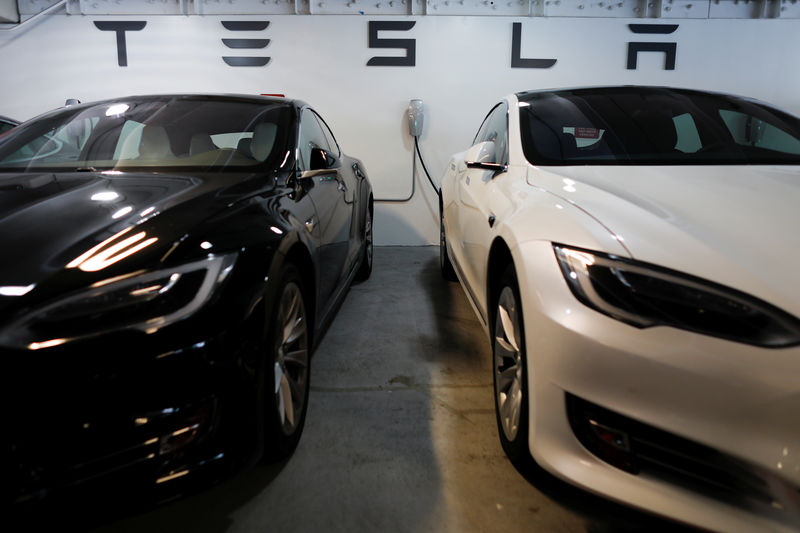Who is Kevin Hassett? Wolfe looks at the Trump ally tipped to become Fed Chair.
On Wednesday, UBS, a global financial services firm, adjusted its outlook on Tesla Inc (NASDAQ:TSLA), reducing the electric vehicle (EV) manufacturer's stock price target to $165 from the previous $225. The firm has retained a neutral stance on the stock, citing a variety of concerns that may affect the company's market performance.
The UBS analyst noted several key issues that could impact Tesla's growth and margins. Among these, the potential delay in the launch of Tesla's more affordable Model 2 is a significant factor. The Model 2, expected to start at around $25,000, could face stiff competition in China, where it would be a late entrant, and in Europe, where the affordable EV market is increasingly crowded.
In the United States, the segment opportunity for the Model 2 is perceived as smaller compared to the Model Y, although with less potential competition.
Another concern is the dependency of margin improvements on the full self-driving (FSD) feature, which is currently mainly a U.S. product. The analyst suggests that Tesla might need to lower FSD pricing to increase adoption rates, especially for the anticipated Model 2.
Risks related to Tesla's operations in China were also highlighted, along with the possibility that CEO Elon Musk may develop AI and robotics ventures outside of Tesla. The latter could influence investor sentiment as these initiatives are seen as adding option value to the company.
Despite these challenges, the analyst pointed out that investor sentiment seems very low, which could mean that the stock is already reflecting many of the concerns. The UBS analyst mentioned that while the near-term catalyst for EV sentiment improvement is unclear, should sentiment shift, investors are likely to turn to Tesla for EV market exposure.
The resolution of Elon Musk's pay package could act as a positive catalyst for the stock.
In conclusion, UBS maintains a cautious approach towards Tesla's near-term numbers and stock performance, but continues to monitor the potential for changes in investor sentiment and market dynamics.
This article was generated with the support of AI and reviewed by an editor. For more information see our T&C.
